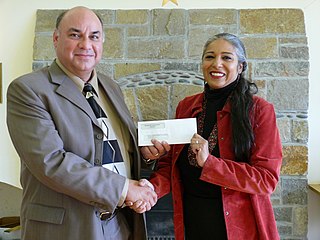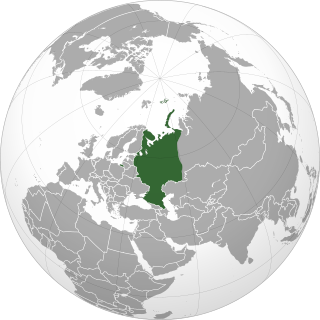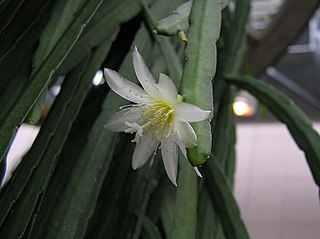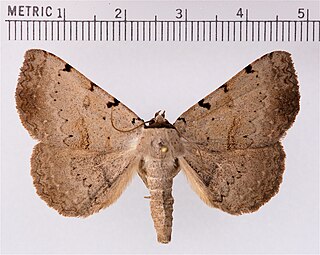
The Wampanoag, also rendered Wôpanâak, are a Native American people of the Northeastern Woodlands currently based in southeastern Massachusetts and formerly parts of eastern Rhode Island. Their historical territory includes the islands of Martha's Vineyard and Nantucket.

Survivor: All-Stars is the eighth season of the American CBS competitive reality television series Survivor. It was filmed from November 3, 2003, through December 11, 2003, and premiered on February 1, 2004, after Super Bowl XXXVIII. It was filmed on the Pearl Islands of Panama, also the location of the previous season. Hosted by Jeff Probst, it consisted of the usual 39 days of gameplay with, for the first time, 18 returning competitors from the seven previous seasons instead of the usual 16 new contestants, and three tribes instead of the usual two.

Survivor: Vanuatu — Islands of Fire, also known as Survivor: Vanuatu, is the ninth season of the American CBS competitive reality television series Survivor. The season was filmed from June 28, 2004, through August 5, 2004, and the season premiered on September 16, 2004. Filming took place in Vanuatu, a chain of volcanic islands in the South Pacific. Hosted by Jeff Probst, it consisted of the usual 39 days of gameplay, with 18 competitors for the second time in the series' history.

European Russia is the western and most populated part of Russia. It is geographically situated in Europe, as opposed to the country's sparsely populated and vastly larger eastern part, which is situated in Asia, encompassing the entire northern region of the continent. The Ural Mountains divide Russia into two parts, bisecting the Eurasian supercontinent. European Russia covers the vast majority of Eastern Europe, and spans roughly 40% of Europe's total landmass, with over 15% of its total population, making Russia the largest and most populous country in Europe.

The Scheduled Castes and Scheduled Tribes are officially designated groups of people and among the most disadvantaged socio-economic groups in India. The terms are recognized in the Constitution of India and the groups are designated in one or other of the categories. For much of the period of British rule in the Indian subcontinent, they were known as the Depressed Classes.

Uncontacted peoples are groups of indigenous peoples living without sustained contact with neighbouring communities and the world community. Groups who decide to remain uncontacted are referred to as indigenous peoples in voluntary isolation. Legal protections make estimating the total number of uncontacted peoples challenging, but estimates from the Inter-American Commission on Human Rights in the UN and the non-profit group Survival International point to between 100 and 200 uncontacted peoples numbering up to 10,000 individuals total. A majority of uncontacted peoples live in South America, particularly northern Brazil, where the Brazilian government and National Geographic estimate between 77 and 84 tribes reside.

Pfeiffera is a genus of flowering plants in the family Cactaceae, found in Bolivia and northwest Argentina. There is some debate about the circumscription of the genus. It is in the Phyllocacteae tribe.
The Suarines or Suardones were one of the Nerthus-worshipping Germanic tribes mentioned by Tacitus in Germania. They have otherwise been lost to history, but Schütte suggests that their name lives on in the name of the town Schwerin.

Noctuoidea is the superfamily of noctuid or "owlet" moths, and has more than 70,000 described species, the largest number of any Lepidopteran superfamily. Its classification has not yet reached a satisfactory or stable state. Since the end of the 20th century, increasing availability of molecular phylogenetic data for this hugely successful radiation has led to several competing proposals for a taxonomic arrangement that correctly represents the relationships between the major lineages.

In 1984, the International Organization for Succulent Plant Study set up a working party, now called the International Cactaceae Systematics Group, to produce a consensus classification of the cactus family, down to the level of genus. Their classification has been used as the basis for systems published since the mid-1990s. Treatments in the 21st century have generally divided the family into around 125–130 genera and 1,400–1,500 species, which are then arranged in a number of tribes and subfamilies. However, subsequent molecular phylogenetic studies have shown that a very high proportion of the higher taxa are not monophyletic, i.e. they do not contain all of the descendants of a common ancestor. As of August 2023, the internal classification of the family Cactaceae remained uncertain and subject to change. A classification incorporating many of the insights from the molecular studies was produced by Nyffeler and Eggli in 2010.

Lymanbensonia is a genus of epiphytic cacti in the tribe Lymanbensonieae, found in Bolivia, Ecuador, and Peru. The genus was recently reinstated after it was found to be unrelated to Pfeiffera.

The Cactoideae are the largest subfamily of the cactus family, Cactaceae. Around 80% of cactus species belong to this subfamily. As of August 2018, the internal classification of the family Cactaceae remained uncertain and subject to change. A classification incorporating many of the insights from the molecular studies was produced by Nyffeler and Eggli in 2010. Various revisions have been published since, e.g. to the tribe Hylocereeae and the tribe Echinocereeae. Classifications remained uncertain as of March 2019.

Survivor: Panama — Exile Island, also known as Survivor: Exile Island and Survivor: Panama, is the twelfth season of the American CBS competitive reality television series Survivor. The season was filmed in the Pearl Islands, off the coast of Panama from October 31, 2005, through December 8, 2005 and premiered on February 2, 2006. Hosted by Jeff Probst, it consisted of the usual 39 days of gameplay with 16 competitors, and was the first season with 16 competitors since Survivor: Pearl Islands five seasons prior.

Survivor: Cook Islands is the thirteenth season of the American competitive reality television series, Survivor. The season was filmed from June 26 to August 3, 2006, and premiered on September 14 of that year. Filmed in the Cook Islands, it was broadcast by CBS.

Survivor: China is the fifteenth season of the American CBS competitive reality television series Survivor. The premiere aired September 20, 2007. Host Jeff Probst claimed the show was the first full American TV series to be filmed entirely within China. The specific location is in Mountain Lu West Sea, Jiujiang. It is also the northernmost Survivor season held to date, well outside of the tropical zone. Applications were due on January 30, 2007. Around March 2007, about 800 applicants were selected for an interview by CBS. Out of those 800, 48 semi-finalists were selected to go to Los Angeles in April–May 2007. From these semi-finalists, 16 were selected to participate in the show between June and August 2007. The final contestants and their original tribes, Fei Long (飛龍) and Zhan Hu (戰虎), meaning Flying Dragon and Fighting Tiger respectively, were officially announced on August 20, 2007. The merged tribe was Hae Da Fung (黑打風), which means Black Fighting Wind, a name proposed by Peih-Gee Law.

The Catocalini are a tribe of moths in the family Erebidae. Adults of many species in the tribe are called underwing moths due to their vividly colored hindwings that are often covered by contrastingly dark, drab forewings.

The Bear River Band of the Rohnerville Rancheria is a federally recognized tribe of Mattole, Bear River and Wiyot people in Humboldt County, California.

The Te-Moak Tribe of Western Shoshone Indians of Nevada is a federally recognized tribe of Western Shoshone Indians in northeastern Nevada.

The Rhipsalideae are a small tribe of cacti, comprising four or five genera. They grow on trees (epiphytes) or on rocks (lithophytes), where they either hang down or form creeping or upright shrubs. Their flowers open in the day and remain open at night; they may be either radially symmetrical (regular) or bilaterally symmetrical (zygomorphic). The fruits are berry-like, fleshy with smallish seeds.
The Wiyot Tribe is a federally recognized tribe of Wiyot people. They are the aboriginal people of Humboldt Bay, Mad River and lower Eel River of California.


















